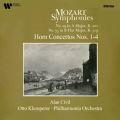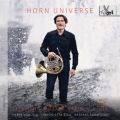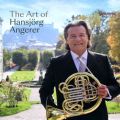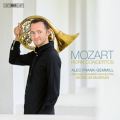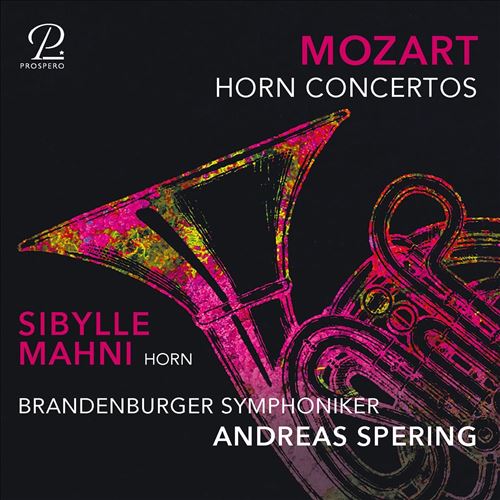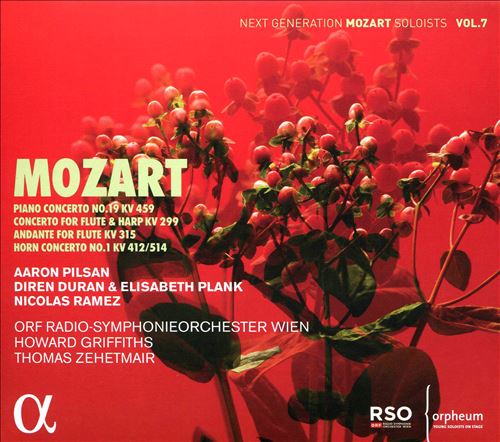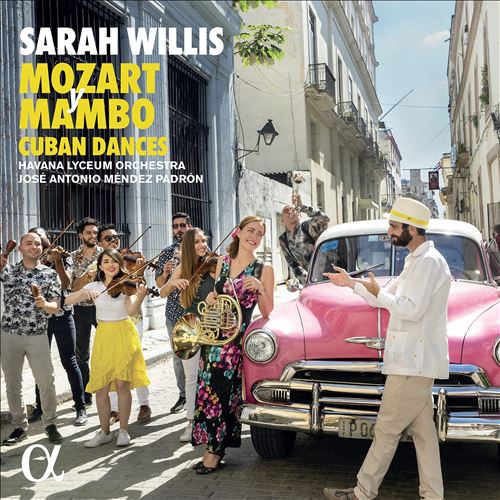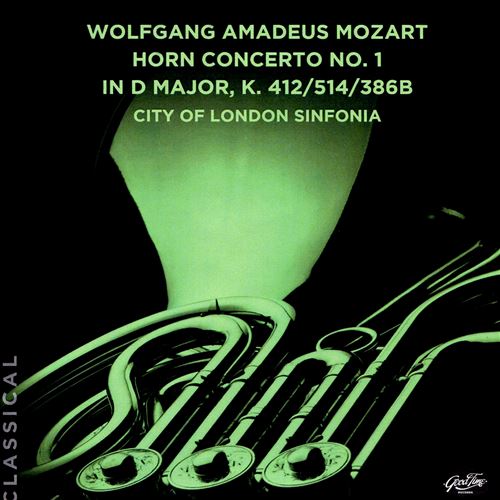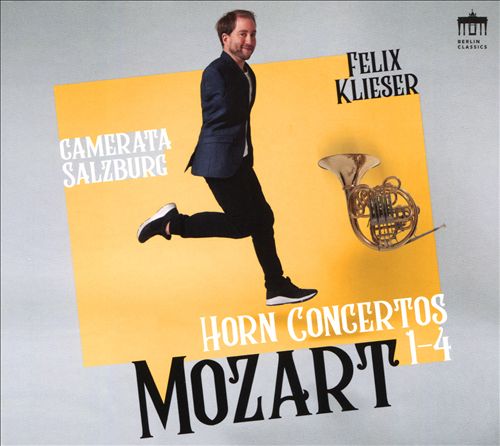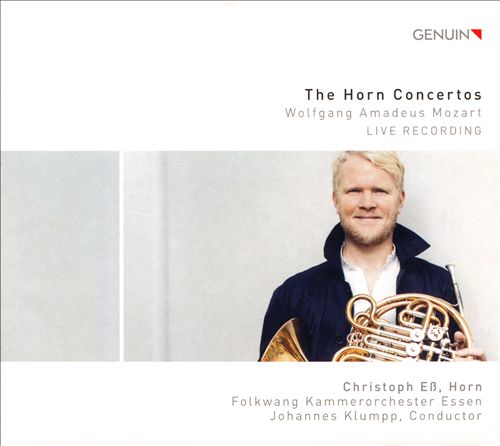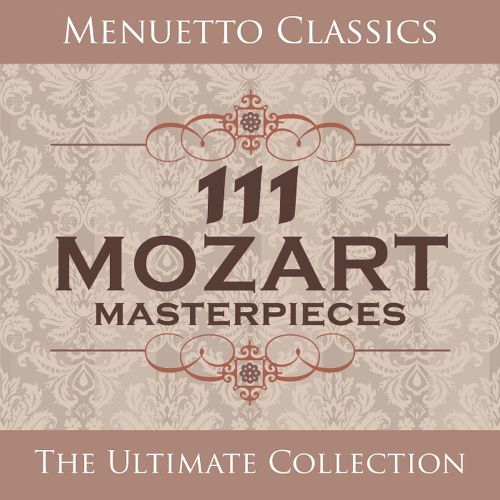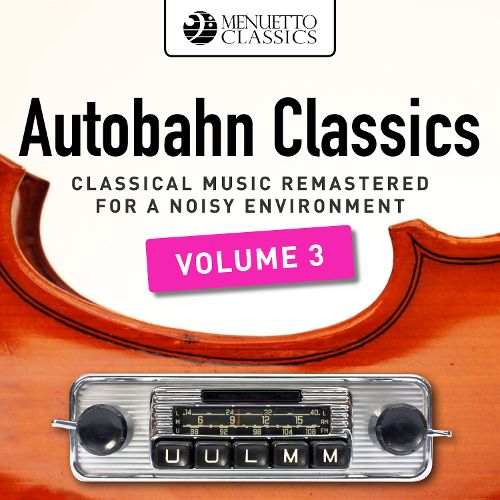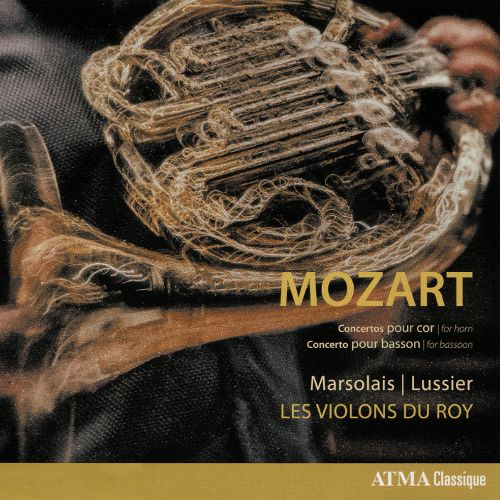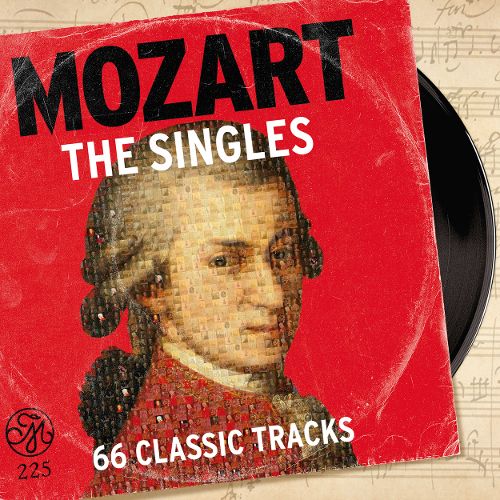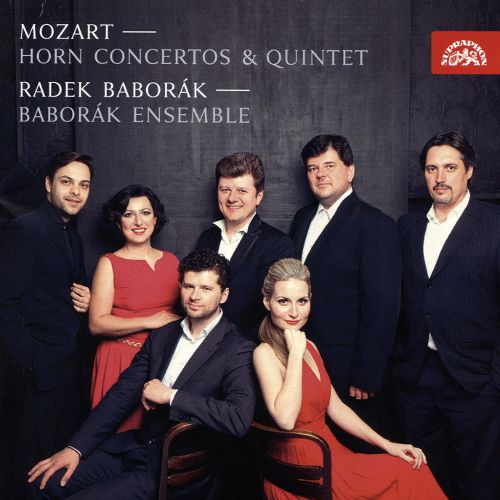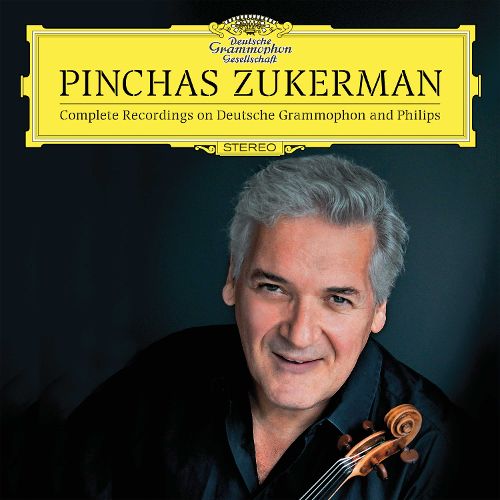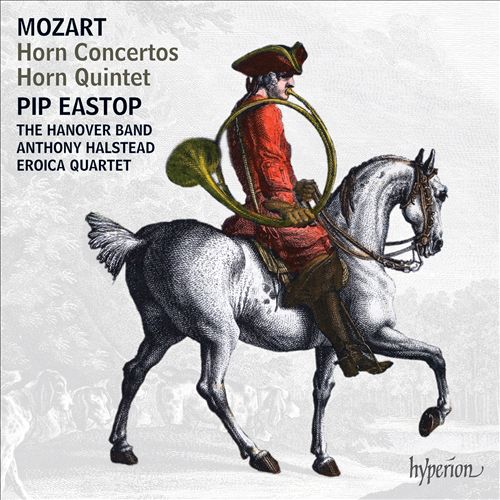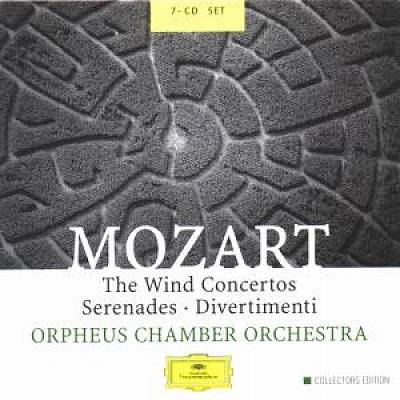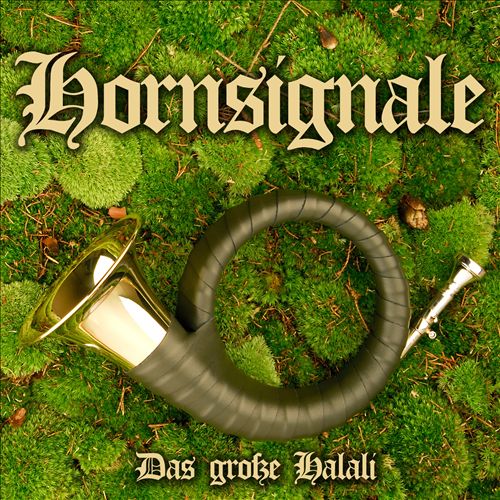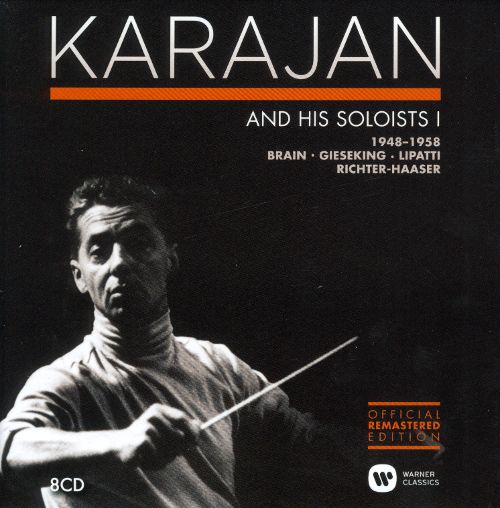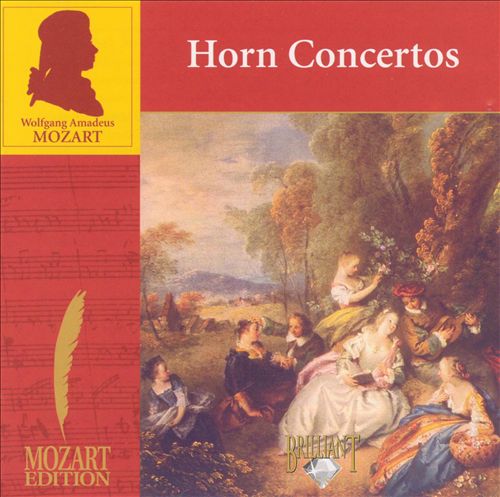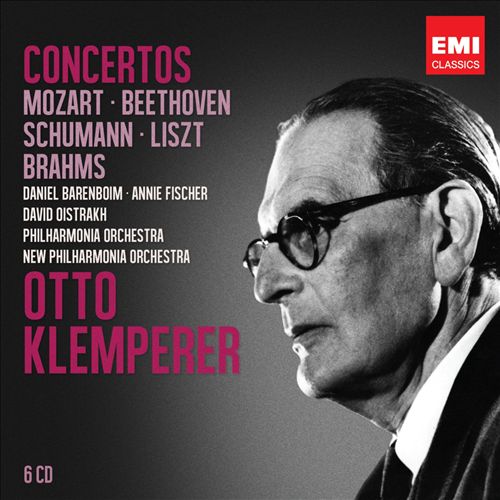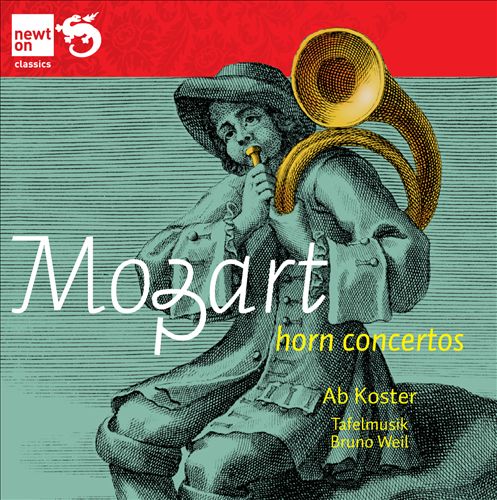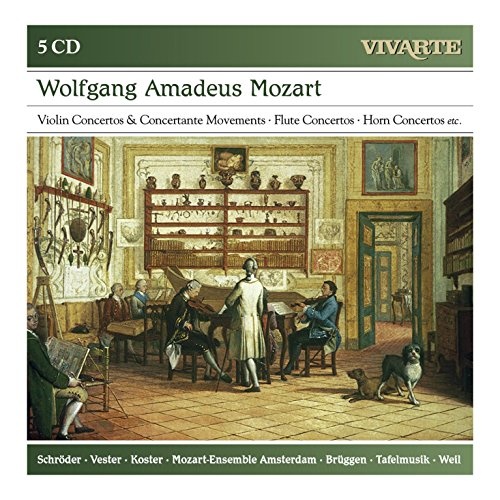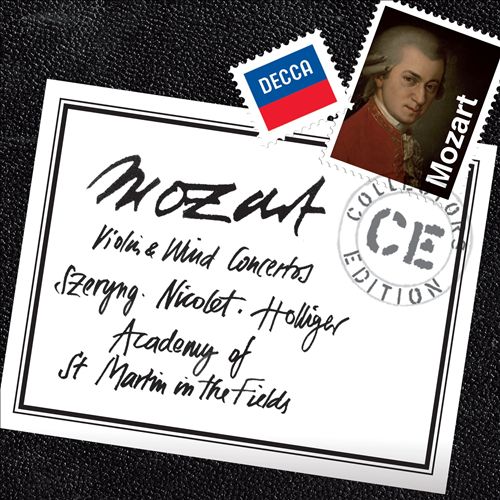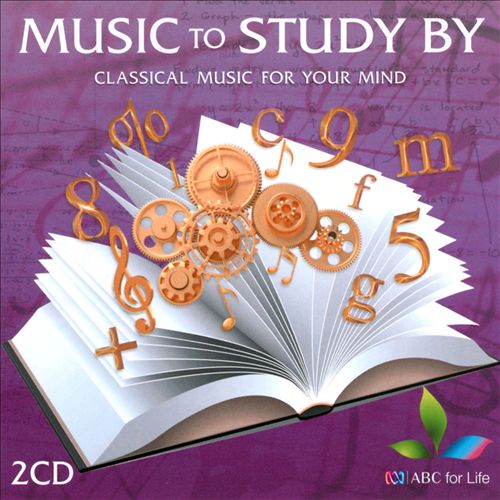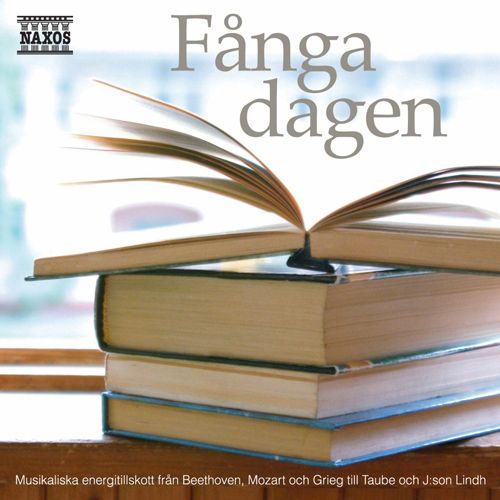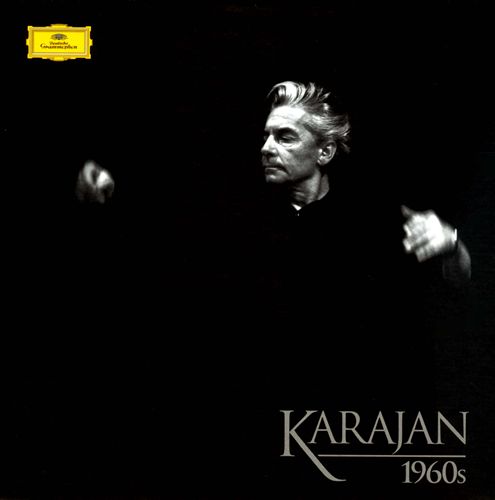Wolfgang Amadeus Mozart (볼프강 아마데우스 모차르트)
Horn Concerto No. 1 in D major, K. 412/514 (386b)
100
10,000
1,400
WORK INFO
작곡가: Wolfgang Amadeus Mozart (볼프강 아마데우스 모차르트)작곡년도: 1782평균연주: 9:19악장1Allegro5:062Rondo. Allegro4:06Wolfgang Amadeus Mozart's Horn Concerto No. 1 in D major, K. (412+514)/386b was written in 1791. The work is in two movements. Unusually, each movement received a distinct number in the first edition of the Köchel catalogue:This is one of two horn concerti of Mozart to include bassoons (the other is K. 447), but in this one he "treats them indifferently in the first movement." It is the only one of Mozart's horn concerti to be in D major (the rest are in E-flat major) and the only one to have just two movements instead of the usual three (with the exception of the incompletely scored horn concerto, K. 370b+371). Although numbered first, this was actually the last of the four to be completed. Compared to the other three concertos, it is shorter in duration (two movements rather than three), and is much simpler in regard to both range and technique, perhaps in a nod to Leutgeb's, the horn player and Mozart's great friend, advanced age and (presumably) reduced capabilities at the time of composition. The second movement, K. 514, was shown by Alan Tyson to have been finished by Mozart's student Franz Xaver Süssmayr after Mozart's death. Mozart autograph score contains, arranged in strategic places throughout the sketch of the Rondo, a bizarre written narrative in Italian almost certainly directed to Leutgeb:
- I. Allegro 4/4 (K. 412)
- II. Rondo (Allegro) 6/8 (K. 514)
A comparison between Mozart's draft and Süssmayr's version reveals that Süssmayr used very little of Mozart's material: b.1–40 of Mozart's autograph corresponds almost exactly to b.1–44 of Süssmayr's version, and the two thereafter diverge with only a few passages in Süssmayr (b.59–62, 84–92, 109–116) bearing any close relationship to Mozart's material. Süssmayr's rondo also makes use of a plainchant melody (the Lamentationes prophetae Jeremiae), and one explanation of this is that the melody was copied out by Mozart while he was composing the Requiem, which Süssmayr later mistook as material for the rondo.
- For you, Mr. Donkey—Come on—quick—get on with it—like a good fellow—be brave—Are you finished yet?—for you—beast—oh what a dissonance—Oh!—Woe is me!!—Well done, poor chap—oh, pain in the balls!—Oh God, how fast!—you make me laugh—help—take a breather—go on, go on—that's a little better—still not finished?—you awful swine!—how charming you are!—dear one!—little donkey!—ha, ha, ha—take a breath!—But do play at least one note, you prick!—Aha! Bravo, bravo, hurrah!—You're going to bore me for the fourth time, and thank God it's the last—Oh finish now, I beg of you!—Confound it—also bravura?—Bravo!—oh, a sheep bleating—you're finished?—Thank heavens!—Enough, enough!
Given its duration (no more than 10 minutes), the Concerto is typically grouped with Mozart's other 3 for the instrument. The foremost example is Dennis Brain's November, 1953 recording of the four horn concertos on EMI with The Philharmonia Orchestra conducted by Herbert von Karajan.From WIKIPEDIA
RELEASED ALBUMS
-
Mozart: Symphonies No. 29, No. 33; Horn Concertos Nos. 1-4July 11, 2025
-
Horn UniverseJanuary 17, 2025
-
The Art of Hansjörg AngererNovember 15, 2024
-
Mozart: Horn ConcertosOctober 18, 2024
-
Mozart: Horn ConcertosApril 5, 2024
-
Mozart: Piano Concerto No. 19, KV 459; Concerto for Flute & Harp KV 299; Andante for Flute KV 315; Horn Concerto No. 1 KV 412/514December 1, 2023
-
Mozart y Mambo: Cuban DancesSeptember 9, 2022
-
Wolfgang Amadeus Mozart: Horn Concerto No. 1 in D major K.412/514/386BDecember 9, 2021
-
Mozart: Horn Concertos 1-4March 1, 2019
-
Wolfgang Amadeus Mozart: The Horn ConcertosOctober 5, 2018
-
111 Mozart MasterpiecesMay 11, 2018
-
I Like the French Horn!May 11, 2018
-
I Like Mozart! Menuetto Kids: Classical Music for ChildrenMay 11, 2018
-
Autobahn Classics: Classical Music Remastered for a Noisy Environment, Vol. 3May 11, 2018
-
Mozart: Concertos for horn; Concerto for bassoonMarch 10, 2017
-
Mozart: The SinglesNovember 18, 2016
-
Mozart: Horn Concertos & QuintetOctober 14, 2016
-
Pinchas Zukerman: Complete Recordings on Deutsche Grammophon and PhilipsJuly 22, 2016
-
Mozart: Horn Concertos; Horn QuintetJanuary 13, 2015
-
Mozart: The Wind Concertos; Serenades; DivertimentiNovember 22, 2014
-
HornsignaleAugust 15, 2014
-
Karajan and His Soloists, Vol. 1 (1948-1958)April 8, 2014
-
Mozart: Complete Works, Vol. 2 - Concertos, Disc 15May 20, 2013
-
Mozart, Beethoven, Schumann, Liszt, Brahms: ConcertosJanuary 7, 2013
-
Mozart: Horn ConcertosDecember 3, 2012
-
Wolfgang Amadeus Mozart: Violin Concertos & Concertante Movements; Flute Concertos; Horn Concertos; Etc.November 27, 2012
-
Mozart: Violin & Wind ConcertosOctober 22, 2012
-
Music to Study BySeptember 14, 2012
-
Fånga DagenJune, 2012
-
Karajan 1960sMay 14, 2012
FEATURED MOVIES
-
 08:46모차르트: 호른 협주곡 1번 D장조 K. 412/514 (386b)
08:46모차르트: 호른 협주곡 1번 D장조 K. 412/514 (386b)
ALBUM MUSIC
WORKS SHOUTS


